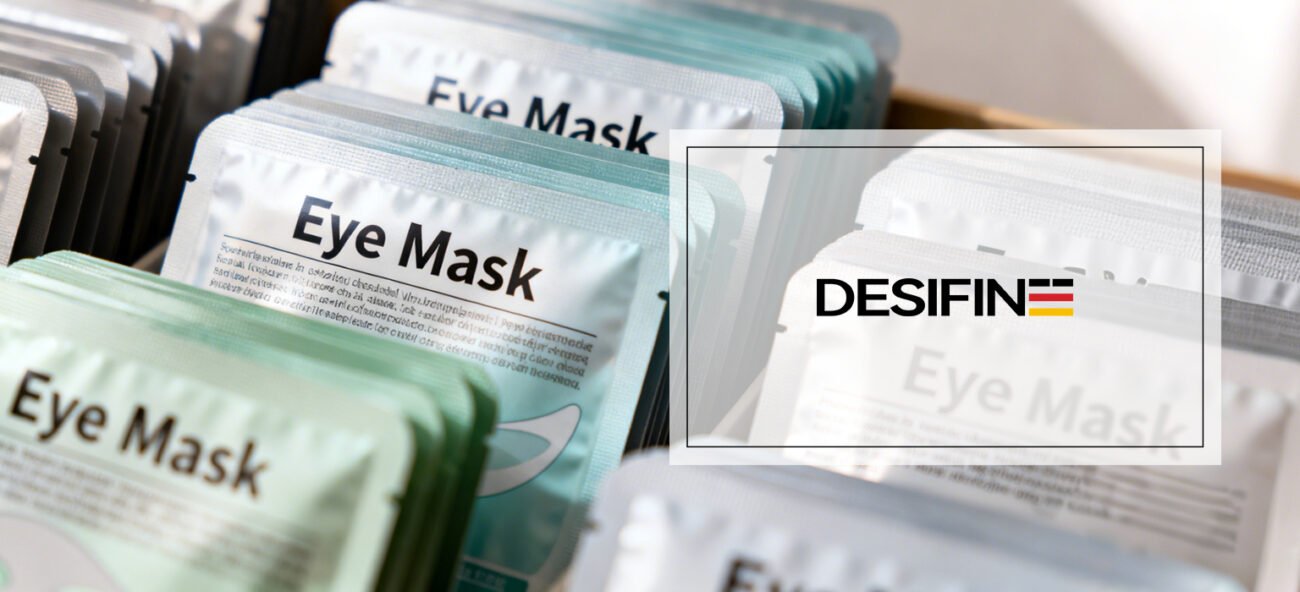A reliable eye mask OEM manufacturer is the key for brands to quickly enter the popular eye mask market. As a blockbuster anti-aging and emergency skincare item, eye masks have witnessed a continuous surge in market demand. However, the unique nature of the skin around the eyes imposes extremely high requirements on the mildness of formulations and the permeability of active ingredients. For brands, building their own factories not only entails high costs but also exposes them to numerous technical and quality control risks.
Quick Comparison Chart
When choosing a suitable OEM/ODM eye mask manufacturer, you should not only evaluate the hard strength of product quality, but also match it with the brand’s own scale, development goals and core values. This quick comparison chart will clearly present key information such as the core technologies, qualification certifications and production capacity configurations of five high-quality manufacturers, helping you quickly identify a suitable cooperative partner.
| Manufacturer Name | Area | Core Technology | Daily Production Capacity | International Certification |
| Trilogy Laboratories | U.S | Botox-Like Peptide Stabilization Technology | 300,000 pieces | FDA Class I/ISO 22716 |
| DESIFINE | China | Low-Temperature Cold-Pressed Freeze-Drying Process | 400,000 pieces | ISO 22716/MHRA |
| Intercos Group | Italy | Bio-Fiber Membrane Forming Technology | 450,000 pieces | ISO 22716/EC 1223/2009 |
| Sarati International | U.S | Organic Alginate Fiber Technology | 200,000 pieces | USDA Organic/ECOCERT |
| Cosmiko | United Kingdom | Nano-Carrier Penetration Technology | 150,000 pieces | MHRA/SCNP |

1. Trilogy Laboratories
Patented Technologies and Clinical Validation
As a world-class eye mask OEM manufacturer, Trilogy holds 17 international patents. Among these, its core technology—the “Botox-Like Peptide Stabilization System” —has passed rigorous clinical validation:
Trial Design
Thirty female participants aged 35–55 used eye masks containing 2% Acetyl Hexapeptide-8 daily for 28 consecutive days.
Result Data
- The depth of crow’s feet wrinkles decreased by 42% (p<0.01);
- Skin elasticity increased by 29%;
- All results were verified by the third-party laboratory Eurofins.
Production Control
A -40°C freeze-drying process is adopted, with the active ingredient retention rate reaching 98.7%—far exceeding the industry average of 72%.

2. DESIFINE
Advantages of Freeze-Drying Technology
As a professional eye mask OEM manufacturer, DESIFINE’s -40°C ultra-low temperature freeze-drying process boasts significant competitiveness:
Freeze-Drying Curve
Adopting a three-stage cooling method (25°C → -10°C → -40°C), with an ice crystal formation rate of <0.3%.
Production Capacity Scale
- A 1,500 m² GMPC workshop
- 6 sets of freeze-drying machines from Christ (Germany)
- Daily production capacity of 400,000 pieces
International Compliance
- EU SCNP Notification
- UK MHRA Certification

3. Intercos Group
Innovation in Bio-Fiber Membranes
As a world-renowned cosmetics OEM manufacturer, Intercos’ bio-fiber membrane technology is an industry first:
Membrane Characteristics
- Made of nano-scale fibers produced via microbial fermentation, with a pore size of 0.5–1 μm and an active ingredient loading capacity of 95%.
Production Process
- Adopts 3D stereoscopic forming technology, which increases membrane adherence by 40% and active ingredient penetration rate by 65%.
International Certifications
- Holds ISO 22716 certification and EU CPNP notification qualification, supporting market access in major global markets.

4. Sarati International
Sustainable Production System
- Organic Certification: Holds USDA Organic Certification, with 100% traceable raw materials.
- Eco-Innovation: The alginate fiber membrane is biodegradable (92% degradation rate within 180 days), and the production process achieves zero wastewater discharge.
- Technical Parameters: Membrane thickness of 0.12mm, water content of 90%, and skin-adhering duration of up to 45 minutes.

5. Cosmiko
Breakthrough in Penetration Technology
As a professional European eye mask OEM manufacturer, Cosmiko has achieved a technical breakthrough with its nano-carrier system:
Particle Size Control
The diameter of active ingredient nanoparticles is <50nm. Tested via the Franz diffusion cell, the 24-hour penetration rate reaches 85%.
Compliance Advantages
It simultaneously supports EU CPNP and UK SCNP notifications, and complies with the restrictions on 197 Substances of Very High Concern (SVHCs) under REACH regulation.
Customization Services
One-stop services from formula development to packaging design, with a sample preparation cycle of 5 working days.
Risk Control for Overseas Cooperation
- Technology Transfer: Sign a Technology Confidentiality Agreement with the eye mask OEM manufacturer to clearly define the control rights over process parameters.
- Factory Audit Key Points: Focus on inspecting the quality control laboratory (which must be equipped with HPLC and LC-MS/MS).
- Supply Chain Management: Select enterprises with a dual-factory layout (e.g., Trilogy’s bases in the US and Mexico).
Frequently Asked Questions (FAQ)
How to Choose a Suitable Eye Mask OEM Manufacturer?
Key Evaluation Criteria:
① Completeness of international certifications (such as FDA, ISO, USDA);
② R&D capabilities (number of patents, clinical data);
③ Supply chain stability (factory distribution, delivery cycle).
It is recommended to prioritize eye mask OEM manufacturers with over 20 years of experience, such as Trilogy (for medical aesthetic product lines) and Intercos (for high-end membranes).
What is the Minimum Order Quantity (MOQ) for cooperation with eye mask OEM manufacturers in Europe and the United States?
The Minimum Order Quantity (MOQ) for eye mask OEM manufacturers in Europe and the United States is usually 3,000–5,000 pieces (e.g., Trilogy has an MOQ of 3,000 pieces, and Intercos has an MOQ of 5,000 pieces). It is recommended to control the first order quantity within 5,000–10,000 pieces.
How to Verify the Actual Production Capacity of an Eye Mask OEM Manufacturer?
Please provide the following documents:
① Production records of the past 6 months (subject to third-party audit);
② Equipment list and equipment operation rate (ideal value ≥ 85%);
③ Proof of dual-factory layout (to mitigate regional supply chain risks).
It is recommended to select an eye mask OEM manufacturer with a daily production capacity of ≥ 200,000 pieces to ensure delivery stability.
Conclusion
Five high-quality eye mask OEM/ODM manufacturers have been carefully selected. With their specialized technologies, flexible production capacity, and strict quality control, they will accurately empower your eye mask brand to quickly seize market share, create best-selling products, and efficiently achieve your brand development goals.


